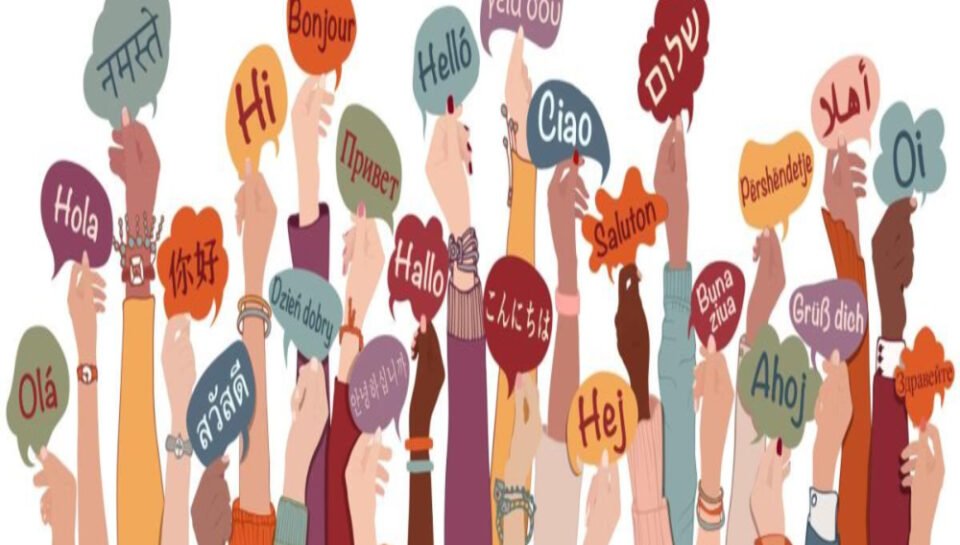
Briefly discuss the challenges of designing signs for multilingual audiences.
INTRODUCTION
Designing signs for multilingual audiences requires a thoughtful balance of clarity, inclusivity, and spatial efficiency. In multicultural environments such as airports, tourist attractions, hospitals, and international events, signage must communicate effectively across diverse language groups. This presents unique design challenges that go beyond simple translation. Below is a brief discussion of the key challenges involved in creating signage for multilingual audiences.
1. SPACE LIMITATIONS
Including multiple languages on a single sign can quickly lead to clutter. Designers must strategically manage space to maintain legibility and ensure that all language versions are clear, concise, and readable without overwhelming the viewer.
2. HIERARCHY AND PRIORITIZATION
Deciding which language appears first or more prominently can be sensitive and culturally charged. Designers must consider factors like regional language policies, majority audience demographics, and political context to determine an appropriate hierarchy that respects all groups.
3. TEXT LENGTH VARIATION
Some languages are more concise than others. For example, English text may be shorter than its Arabic or German counterpart. These differences affect layout, spacing, and font sizing, making it difficult to achieve visual balance across languages.
4. LEGIBILITY ACROSS SCRIPTS
Multilingual signage often involves different writing systems—such as Latin, Cyrillic, Arabic, or Chinese characters—which may require different typographic approaches. Ensuring all scripts are legible and visually harmonious is a significant design challenge.
5. CONSISTENCY IN MEANING
Direct translations may not always carry the same tone or clarity. Poor translation can lead to confusion or misinterpretation. Working with professional translators and cultural consultants is essential to preserve meaning and avoid embarrassing or offensive mistakes.
6. SYMBOLS AND Universal Icons
To reduce reliance on text, designers often incorporate universally recognized symbols (e.g., restroom, exit, information). However, even icons can be culturally interpreted differently. Careful testing is needed to ensure symbols are understood across all language groups.
7. AESTHETIC COHESIVENESS
Maintaining a clean, attractive design while integrating multiple languages is difficult. Typography, alignment, and color usage must be unified to ensure visual harmony without compromising functionality.
CONCLUSION
Designing signs for multilingual audiences is a complex but essential task in globalized and multicultural settings. By balancing clarity, cultural sensitivity, and design efficiency, signage can bridge language barriers and deliver inclusive, user-friendly communication to all viewers.
HASHTAGS
#MultilingualSignage #InclusiveDesign #SignDesignChallenges #GlobalCommunication #CulturalSensitivity #VisualClarity #TypographyDesign #WayfindingDesign #DesignForAll #MulticulturalDesign #SignageSolutions #AccessibleCommunication #SmartSignage #UniversalDesign #DesignWithPurpose





